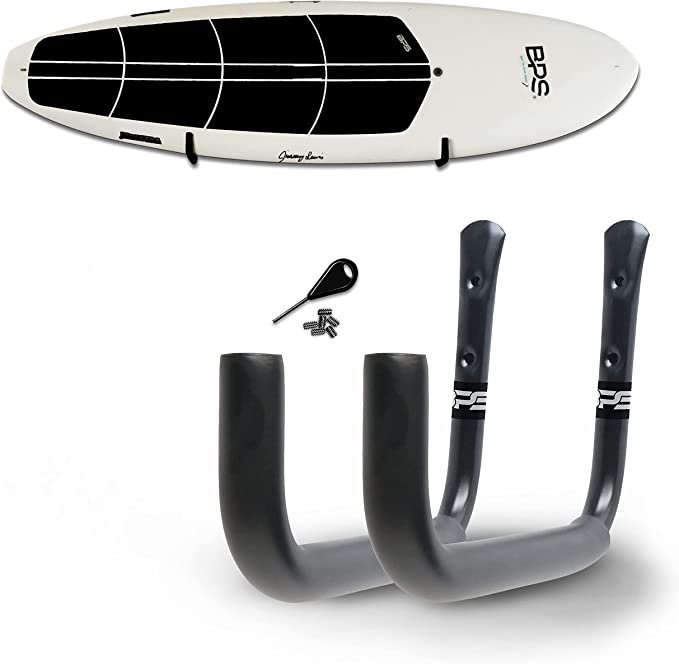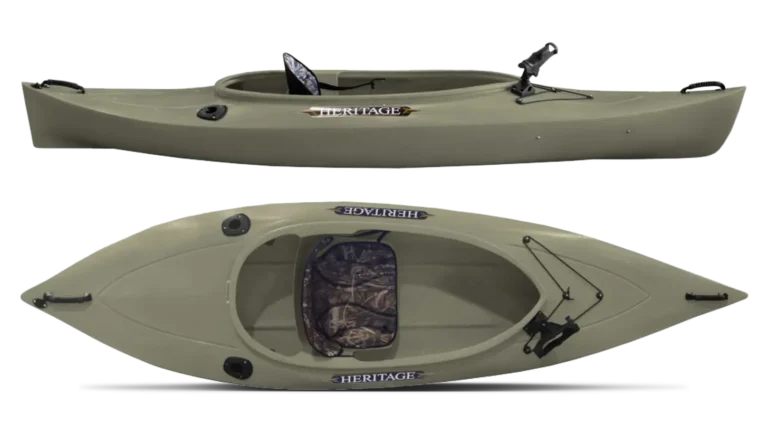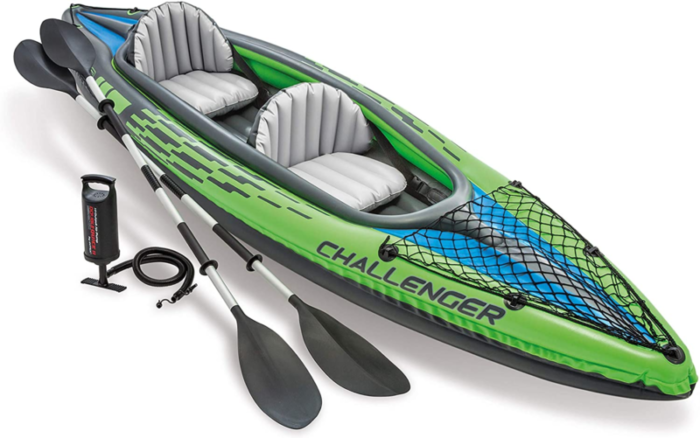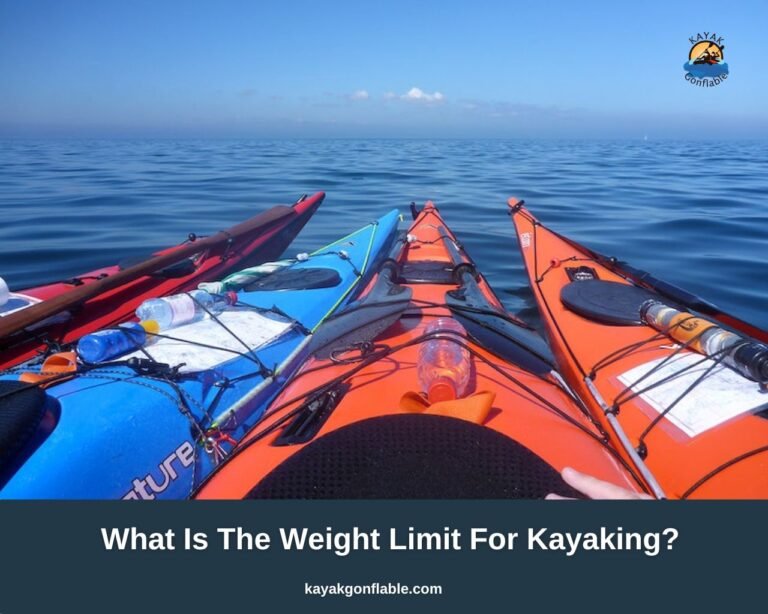What to Wear Sea Kayaking
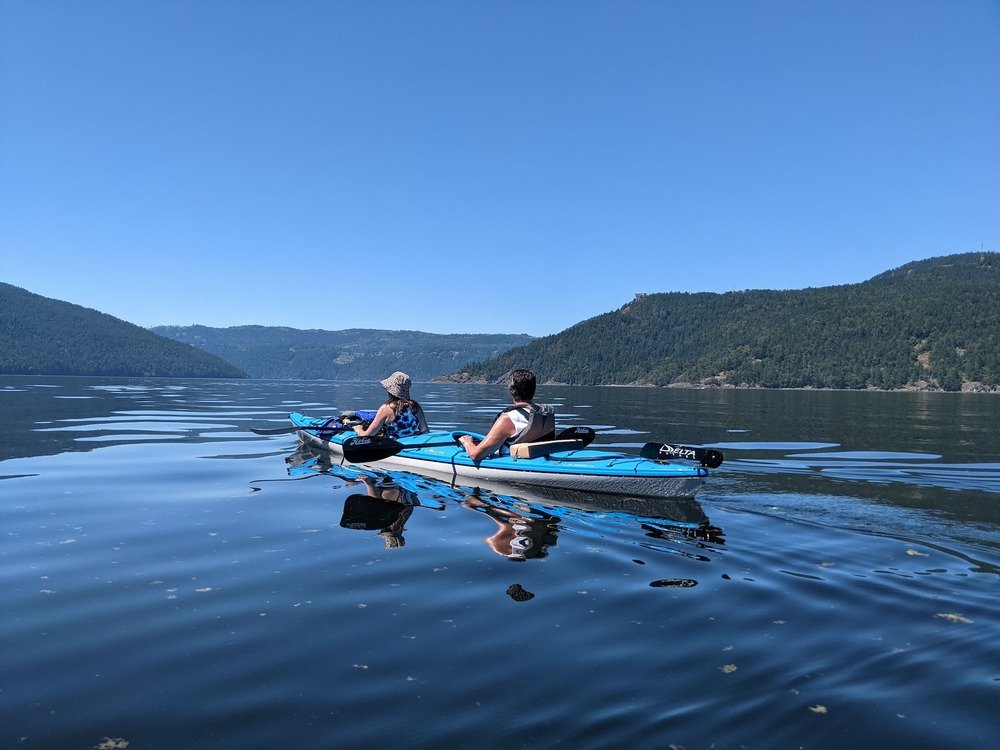
Sea kayaking is beautiful as it offers a unique connection with nature. With sea kayaking, you get to immerse yourself in the beauty of coastal landscapes and enjoy a serene environment whilst the salty breeze gently blows against your face.
Exploring new coastal planes can be enjoyable or uncomfortable depending on your kayaking attire. Kayaking attire involves layering. Your attire can make your kayaking adventure enjoyable and safe or annoying.
When kayaking, it is important to dress for the water temperature, not the weather. Sea kayaking usually exposes you to long hours and possibly days on the water.
Comfort and safety are paramount when sea kayaking. Understanding what sea kayaking is, is essential to guide your clothing attire. Sea kayak is paddling on open waters like lakes, bays, calm rivers, estuaries, or the ocean with a kayak.
Different Types of Water Bodies for Sea Kayaking
Sea kayaking is a versatile sport where you can explore various water bodies, each with unique challenges and thrill. Understanding the peculiarity of the different environments is crucial in making appropriate clothing choices.
- Oceans: Oceans offer the excitement and adrenaline rush that comes with the unpredictability of the ocean. With the possibility of strong currents and tides, it is important to have a spray skirt.
- Lakes: Lakes provide a serene environment for kayaking, with generally calmer waters than oceans or rivers.
- Rivers: River kayaking can range from gentle floats on slow-moving streams to navigating through challenging whitewater rapids.
Weather Considerations and How They Affect Your Clothing Choices
1. Temperature Variations
To keep cool and dry in warm conditions, lightweight moisture-wicking clothing is essential. Layering is paramount in colder temperatures. To keep yourself warm, wear insulating layers such as fleece under your outerwear or dry suit.
2. Wind Patterns
The wind can significantly impact your kayaking experience. Wind can make the air temperature colder. Wear a windproof jacket and appropriate headgear to shield yourself from chilling gusts.
3. Water Conditions
In calmer conditions, you may be able to wear lighter clothing. However, always be prepared for changes in weather or water conditions. In rough seas or whitewater, a dry suit is better to protect against being wet and cold.
Potential Hazards and Safety Implications of Clothing Choices
The right clothing choice can affect your safety and comfort while kayaking. Here are some of the dangers of making the wrong clothing choice.
- Hypothermia: when kayaking on cold water bodies protecting yourself from hypothermia is crucial. Immersion in cold water or regular spray with cold water can lead to hypothermia. Clothing attire should include a dry suit to keep yourself from getting wet. When layering, wearing an insulating underlayer or mid-layer would keep you warm.
- Heat Exhaustion: Wearing thick and insulating layers when the weather is hot and the water is warm can lead to heat exhaustion. Wear quick-drying, moisture-wicking fabrics and stay hydrated.
- Sunburn: Prolonged exposure to the sun on the water can cause severe sunburn. Always apply sunscreen and wear sun-protective clothing, including sunglasses and a wide-brimmed hat.
- Wind Chill: Wind can rapidly cool your body, even in mild temperatures. Failing to dress for wind protection can lead to discomfort and even cold stress.
- Limited Mobility: Bulky or ill-fitting clothing can restrict your movement, affecting your ability to paddle and respond to changing conditions. Ensure your clothing allows for freedom of movement.
Guidelines for choosing clothing attire when kayaking
There are general guidelines to consider when planning the attire for your kayaking expedition.
- Layering – dress in layers especially on top. Layering adjusts your clothing to suit various weather conditions.
- Dress comfortably – it is important to wear clothes that will remain comfortable after sitting for long hours. Avoid wearing abrasive materials. Do not wear restrictive clothes. Wearing restrictive clothing can limit your movement which can affect the control of your kayak and your safety in adverse conditions.
- Personal flotation device (PFD) – PFD is essential on any kayaking trip. Always wear your floatation device when on the water. Safety when kayaking is paramount.
- Protect yourself from the sun – kayaking usually exposes you to the sun. if possible, wear UPF-rated clothing to protect yourself from ultraviolet radiation. The use of sunscreen is important to prevent sunburn. Wearing hats with a wide brim and sunglasses will protect your face, neck, and eyes from the glare of the sun.
- Choose quick-drying materials – avoid materials that retain moisture like cotton. Choose clothes that wick away moisture and dry quickly.
- Avoid corroding hardware – salt water corrodes many metals. Where possible, opt for plastic alternatives of zips, bolts, and other hardware.
Clothing Layering tips for sea kayaking
Base Layer
The base layer is the foundation of your clothing attire when kayaking. It is the first layer of clothing and is worn directly on the skin. The base layer regulates temperature and moisture. Kayaking involves physical exertion.
One of the body’s ways of regulating thermal temperature is sweat which can be uncomfortable when paddling, it is therefore important that the base layers can keep you dry and uncomfortable. Synthetic materials and merino wool are designed to pull moisture from your body and regulate body temperature.
Synthetic base layers have great moisture-wicking and quick-drying properties and are more affordable than clothes made of merino wool. They are however not as effective in temperature regulation especially at very cold temperatures. If not properly maintained they may develop odour over time.
Merino wool is soft, comfortable, and odour-resistant even after prolonged use. It has natural temperature regulation properties. It can however take longer to dry and is more expensive than the synthetic options.
Insulating Layer
The insulating layer(s) is designed to retain body heat. Cold air draws away the body’s heat quickly. Depending on the weather temperature, you can have primary and secondary insulating layers. Generally, fleece is a better insulating material than down and synthetic options.
Fleece is lightweight, breathable, allows for freedom of movement, and keeps you warm even when wet. When compared to down it is bulkier and less compressible. Down is lightweight and has an exceptional warmth-to-weight ratio.
It is easy to pack as it is highly compressible. However, it is more expensive than the synthetic option and loses its insulation value when wet. Synthetic like fleece maintains its insulation properties when wet. It dries quickly and is more affordable. It has less insulating properties compared to down and is bulkier.
Outerwear
When it comes to sea kayaking, staying dry is key. Waterproof jackets and pants protect against rain, spray, and immersion. Gore-tex is a high-quality option known for its breathability. It effectively keeps you dry and comfortable by keeping water out while allowing sweat to escape.
Other Essential kayaking gear
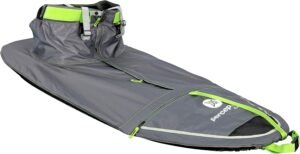
Spray skirts
Spray skirts are essential for sea kayaking, especially in rough water conditions as they create a watertight seal between your body and the kayak cockpit. They prevent water from entering the kayak which keeps the kayak buoyant and your lower body dry.

Footwear
When kayaking, your choice of footwear should provide insulation and protection for your feet. It should also have good traction to prevent slipping on wet and slippery surfaces.
Neoprene boots and water shoes are common footwear options for kayaking. Neoprene boots are ideal for cold water kayaking as they provide insulation and protection for your feet.
They are designed with grippy soles that provide good traction on slippery surfaces. They might not be as comfortable in warm conditions as they are not as breathable as water shoes.
Water shoes are more conducive for kayaking in warm conditions as they are lightweight, breathable, and quick-drying.
They offer less insulation compared to neoprene boots and are less suitable for kayaking in colder conditions. Dry suits usually have built-in socks that are waterproof and provide insulation.
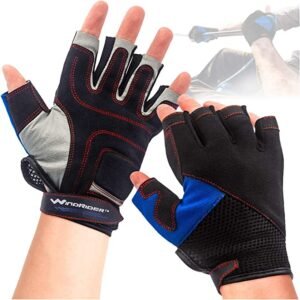
Gloves
Protecting your hands is essential for both comfort and safety in sea kayaking. Neoprene gloves, paddle gloves, and mittens are some of the common options for protecting your hands when paddling.
Neoprene gloves provide insulation and protection for your hands. Paddle gloves are designed for kayaking and offer good grip and finger dexterity. In very cold conditions, mittens offer better insulation than gloves.
Sun Protection
When kayaking, there is prolonged exposure to weather elements. It is important to shield yourself from harmful radiation. A wide-brimmed hat provides shade for your face and neck thereby preventing sunburn.
Sunglasses with UV protection protect your eyes from the reflection of the sun on the water while sunscreen protects exposed parts of your body from sunburn.

Personal Floatation Devices (PFDs)
PFDs are more than mere kayaking accessories and are designed to keep you afloat in case of capsizing or immersion. They are important for your safety and should be worn at all times when on the water. Your PFD should be well-fitted yet comfortable.
Rescue Gear
Your kayak gear should include tools for rescuing yourself and others if need be. Some essential rescue gear are a paddle float, bilge pump, and towline.
Paddle float aids re-entry after a capsize and is an essential self-rescue gear. The bilge pump is designed to remove water from the bottom of the kayak’s hull known as the bilge.
This prevents excess water from collecting at the bilge and allows for proper functioning of the kayak. A towline is used to rescue other paddlers and is especially important in rescue situations.
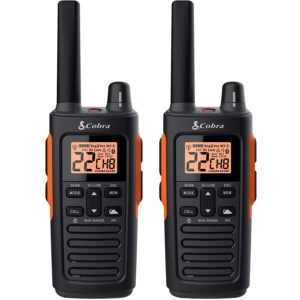
Communication Devices
It is important to be able to communicate with other paddlers, signal for help, or request assistance in sea kayaking. Before you embark on your trip, ensure you have a means to call for help.
Kayakers use the VHF Radio to stay in contact with other paddlers, share information, or request help. A VHF can save your life. Another means of communication is the whistle.
The whistle is an ancient mode of communication that is still effective today. It can be used to signal for help, alert others to your presence, or communicate with your paddling group.
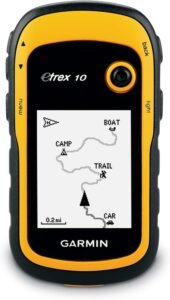
Navigation Tools
It is easy to get distracted and go off course when kayaking. Navigating tools such as a compass or GPS help you stay on track or lead you back to your route if you go off course. Safety accessories are efficient when you know how to use them. Every paddler should learn basic safety and rescue skills.
Layering Tips for Cold-Water Kayaking
When kayaking in cold conditions, start with a moisture-wicking base layer made of merino wool or a synthetic blend to manage sweat. Add fleece or any other suitable insulating layer for warmth. A dry suit is preferable to protect from getting wet by the cold water.
In cold-water conditions where immersion is a risk, pair a dry suit with insulating layers like fleece for warmth. In cool to moderately cold water, a wetsuit can be worn. A wetsuit provides insulation through a layer of trapped water between the suit and skin.
Tips for Maintaining Warmth in Cold-Water Conditions
Maintaining warmth in cold-water conditions is essential for safety. Here are some tips to help you stay warm,
- Proper Layering: Layering is key. Start with moisture-wicking base layers, add insulating layers like fleece, and finish with an appropriate outer layer (drysuit, wetsuit, or neoprene).
- Stay Dry: Ensure that your gear is waterproof and properly sealed. Wet clothing can lead to rapid heat loss.
- Seal Openings: Use proper gear like drysuit gaskets or wetsuit seals to prevent water from entering at neck, wrist, and ankle openings.
- Paddle Gloves and Booties: Protect your extremities with neoprene gloves and booties to prevent exposure to cold water.
- Stay Active: Keep moving to generate body heat. Engage in occasional exercises while on the water to stay warm.

